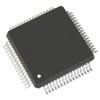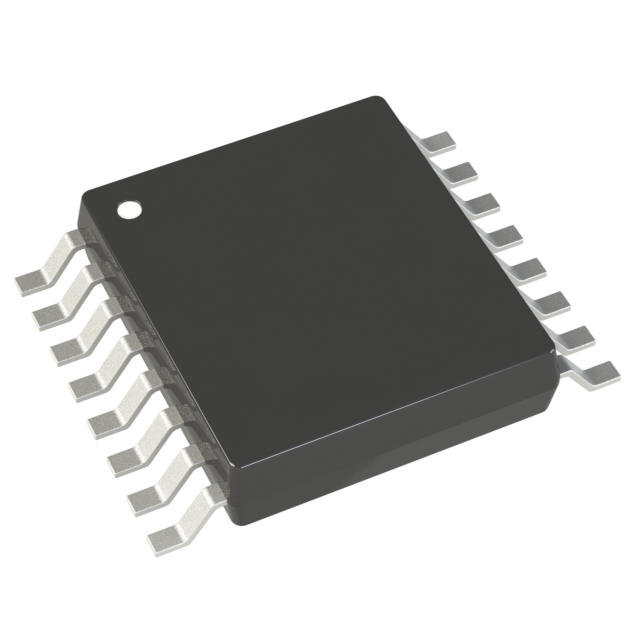-原创内容,请勿转载。
人们需要依靠一定量的能源来生活,比如水和食物,那么微控制器的能量是什么呢?如果人们想要食物,他们需要建立一个食品供应系统,例如饲养、加工、销售和烹饪。最终,食物可以送到人们的嘴里。对于微控制器,还需要构建一个系统,为其提供能量以保持其运行。这称为最小系统。
最小 MCU 系统的架构
今天我们以 “ST” 的 “STM32F103” 为例。MCU 的最小系统由以下部分组成:
1:电源
• 微控制器电源电压范围为 3.3 伏、5 伏......STM32 的电源电压为 5 伏,必要时可以降低电压。
• 微控制器不同模块的供电位置不同。例如,STM32F103C8T6 有 5 个正电源引脚和 4 个接地引脚。负责的电源模块是:这些引脚的电源电压也在手册中。
2:复位电路
• 如果你吃得太多,睡得不好,你就会有身体问题。微控制器会不时出现一些异常情况,所以这时候需要 reset circuit 来帮忙。
• 它可以快速重置微控制器并将其恢复到初始状态,以保证系统的稳定性。稳定可靠,其工作逻辑是在板子上电时给微控制器复位引脚(NRST)一个短的低电平,
• 允许微控制器程序将除 BACKUP Area 寄存器之外的所有寄存器的状态复位和恢复到原始状态。坦率地说,就是让微控制器从头开始。
3:系统时钟
• 您必须有时间感来保持生活井井有条,微控制器也是如此。微控制器的 clock 是 microcontroller 工作所需的节奏。
• STM32 集成了内部时钟,因此在一般应用中,不需要外部晶体振荡器电路。然而,由于内部时钟容易受到各种因素的干扰,因此在严格要求的情况下,仍可在需要时连接外部晶体振荡器电路。系统时钟通常增加一个外部晶体振荡器电路。根据STM32数据手册,高速外部时钟(HSE)可以连接到4MHz~16MHz的晶体振荡器。低速外部时钟 (LSE),连接到频率为 32.768KHz 的晶体振荡器。
![1729498451683854.png V1_A1GIH@`JRE]9H)]3%5AS.png](/image/ueditor/php/upload/image/20241021/1729498451683854.png)
4:编程
• 任何人都需要一个目标才能知道该做什么,微控制器也需要注入一个程序,以便它能够理解自己的任务。
• STM32 通常以 SWD 模式编程,因为它在高速模式下比 JTAG 更可靠。在数据量大的情况下,JTAG 下载程序会失败,但 SWD 发生的概率会小得多。一般只需要 5 根电线,有的使用 4 根电线。











